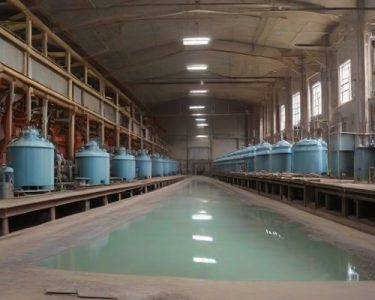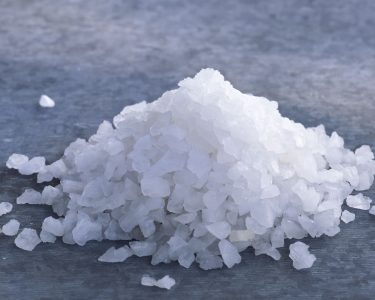As the beating heart of the bustling city of Houston, Texas, commercial buildings face a relentless adversary: heat. The scorching temperatures of the Lone Star State can wreak havoc on commercial roofs, impacting their performance, durability, and longevity. Understanding how heat affects your commercial roof is crucial for proactive maintenance and timely repairs to ensure the continued protection of your investment.
The Heat Conduction Conundrum
Commercial roofs, especially those in urban areas like Houston, are exposed to intense solar radiation, resulting in rapid heat absorption. The roofing materials, such as asphalt, metal, or single-ply membranes, act as conductors, transferring heat into the building below. This influx of heat can elevate interior temperatures, strain HVAC systems, and increase energy costs for cooling.
Expansion and Contraction
One of the most significant challenges posed by heat is the phenomenon of thermal expansion and contraction. Throughout the day, as the sun beats down on the roof, it expands, and as temperatures cool at night, it contracts. This continuous cycle of expansion and contraction can lead to stress on roofing materials, causing them to warp, crack, or become brittle over time.
Degradation of Roofing Materials
The relentless exposure to heat can accelerate the degradation of roofing materials. Asphalt shingles may become brittle and prone to cracking, while metal roofs can expand and contract, leading to seam failures and corrosion. Single-ply membranes, such as EPDM or TPO, may experience accelerated weathering, including surface degradation and reduced flexibility.
UV Damage
In addition to heat, commercial roofs are also exposed to harmful ultraviolet (UV) radiation from the sun. UV rays can degrade roofing materials over time, causing them to fade, blister, or deteriorate. This UV damage weakens the roof’s protective barrier, making it more susceptible to leaks, moisture intrusion, and other forms of damage that may require commercial roof repair.
Moisture Management Challenges
The combination of heat and humidity in Houston creates an ideal environment for moisture accumulation on commercial roofs. Heat can accelerate the evaporation of trapped moisture within the roofing system, leading to blistering, bubbling, or delamination of materials. Moisture trapped beneath the roof surface can also foster the growth of mold, algae, or moss, compromising the roof’s integrity and requiring commercial roof repair to mitigate.
Energy Efficiency Concerns
The impact of heat on commercial roofs extends beyond structural integrity to energy efficiency. Heat-absorbing roofing materials can contribute to elevated interior temperatures, increasing the workload on HVAC systems and driving up energy consumption. This not only results in higher utility bills but also places additional strain on mechanical equipment, potentially leading to premature failure and costly repairs.
Mitigating the Effects of Heat on Your Commercial Roof
While the Texas heat poses significant challenges for commercial roofs, proactive measures can help mitigate its adverse effects:
- Invest in Reflective Roofing: Consider installing reflective roofing materials that minimize heat absorption and reduce energy costs by reflecting sunlight away from the building.
- Ensure Adequate Insulation: Proper insulation helps regulate interior temperatures and reduces the transfer of heat into the building, enhancing energy efficiency and comfort.
- Schedule Regular Inspections: Conduct routine inspections to identify signs of heat-related damage, such as warping, cracking, or deterioration, and address them promptly with commercial roof repair services.
- Implement Cool Roofing Solutions: Explore cool roofing options, such as white membranes or coatings, that are designed to reflect sunlight and mitigate the impact of heat on your commercial roof.
- Maintain Drainage Systems: Keep gutters, downspouts, and drainage channels clear of debris to prevent water accumulation and minimize the risk of moisture-related damage caused by heat-induced evaporation.
Conclusion
In the sweltering heat of Houston, Texas, commercial roofs face formidable challenges that can impact their performance and longevity. Understanding how heat affects your commercial roof is essential for implementing proactive maintenance strategies and timely commercial roof repair services. By addressing heat-related issues promptly and investing in preventive measures, you can protect your investment, enhance energy efficiency, and ensure the continued durability of your commercial roofing system in the face of the Texas heat.






